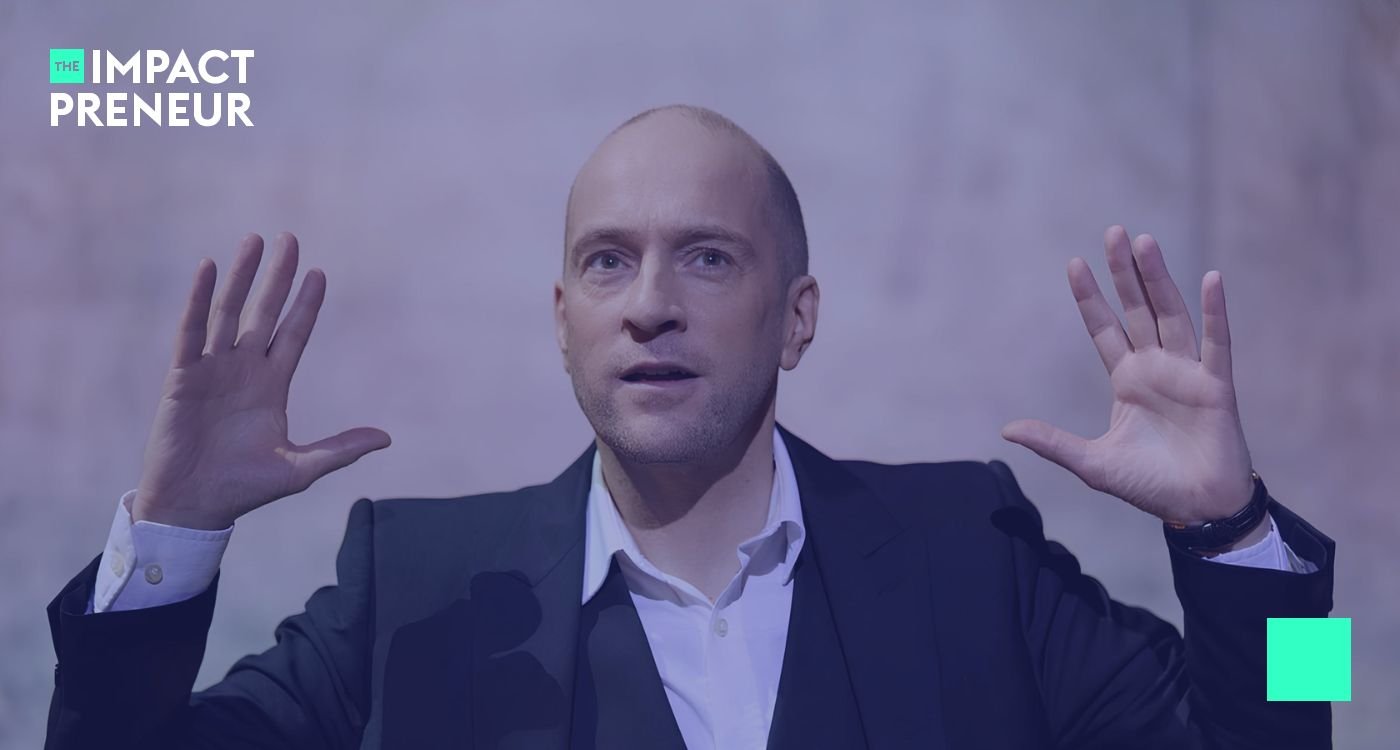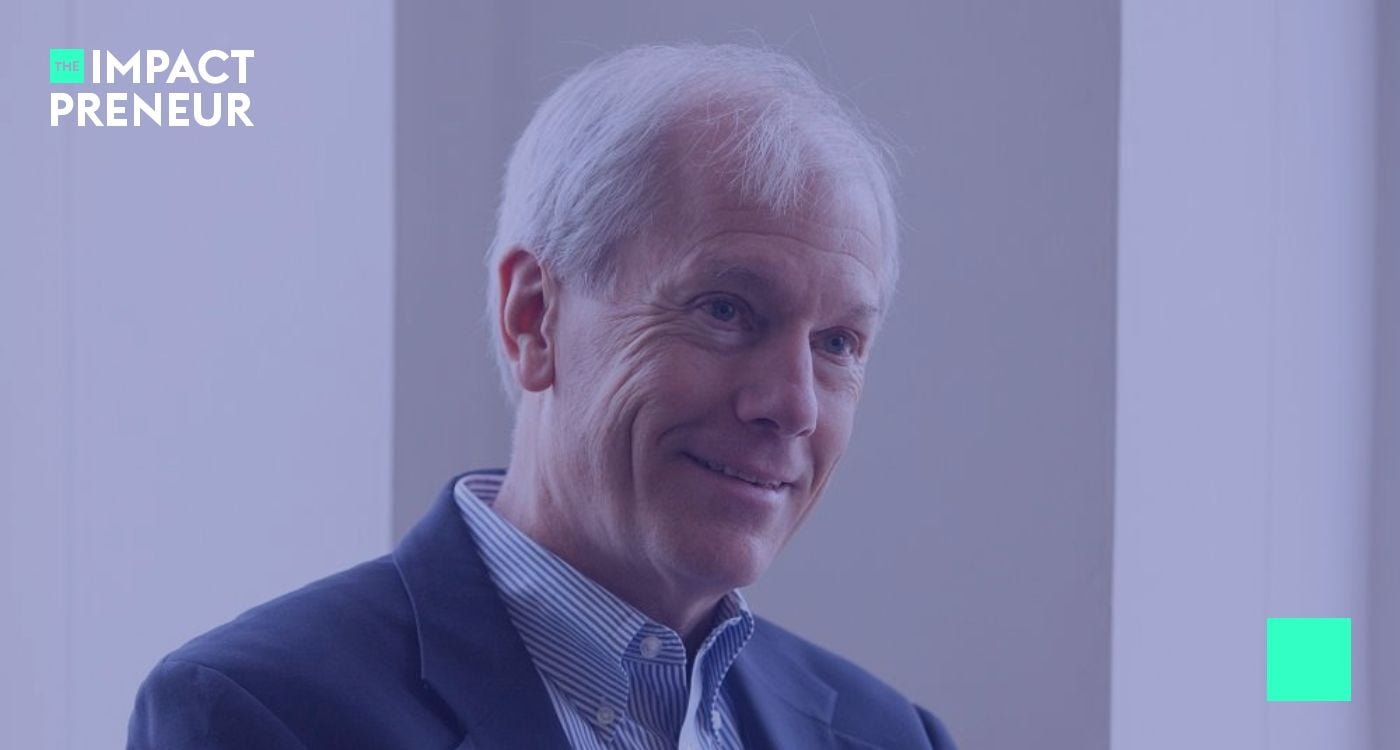Photo by: Igreja Dimensão
In the world of social entrepreneurship, where innovation meets impact, one tool stands out as the most potent catalyst for change: storytelling. This age-old art form goes beyond mere entertainment, serving as a bridge between visionaries and their audiences, enabling entrepreneurs to share their missions in ways that resonate, inspire, and motivate action. But why is storytelling so transformative, and how can social entrepreneurs harness its full potential to drive their causes forward?
Quick Bites:
- Storytelling is not just sharing; it's connecting on a deep emotional level.
- Authenticity in your story can turn listeners into loyal followers.
- A well-crafted narrative can significantly amplify your impact.
- Every social entrepreneur has a story. What's yours, and how will you tell it?
Crafting Your Narrative: More Than Just Words
Have you ever noticed how certain stories stay with you long after the last word has been spoken? That's the magic of storytelling. For social entrepreneurs, your story is not just a recount of events; it's the soul of your mission, the why behind your what. It's what sets you apart in a sea of initiatives and what can turn passive listeners into active supporters.
But where do you start? Begin by peeling back the layers of your journey. Dive into the moments of triumph, the setbacks, the pivot points. Authenticity is your best friend here; it invites your audience to see the real you, fostering a genuine connection that facts and figures alone cannot achieve. Remember, vulnerability is not a weakness but a powerful magnet for empathy and support.
Your narrative should also paint a vivid picture of your vision. Why does your mission matter? Who benefits, and how? The more tangible you can make your impact, the more compelling your story will be. Use descriptive language, real-life examples, and personal anecdotes to bring your mission to life.
But storytelling is not a monologue; it's a dialogue. Engage with your audience, invite them into the story, and make it theirs too. Ask questions, encourage feedback, and create interactive experiences that make your narrative a shared journey. This collaborative approach not only enriches your story but also builds a community around your cause.
Turning Passion into Action: Storytelling That Sells
So, you've got this beautifully crafted story, brimming with passion and purpose. Now, how do you use it to inspire action? The secret lies in making your audience the hero of your narrative. Show them how their participation, whether through donations, purchases, or advocacy, plays a crucial role in the unfolding story of change.
First, be clear about what action you want your audience to take. Whether it's supporting a cause, buying a product, or spreading the word, your call to action should be unmistakable and infused with urgency. Why is their action needed now? What's at stake, and what can be achieved together?
Then, make it easy for them to act. In the digital age, attention spans are short, and competition for it is fierce. Streamline the process, whether it's signing a petition, making a purchase, or sharing your story. The smoother the path from inspiration to action, the higher the likelihood of conversion.
But the storytelling doesn't stop once you've got their attention. Continue to engage your audience with updates, success stories, and new challenges. This ongoing narrative not only keeps your mission top of mind but also strengthens the bond with your community, making them more likely to support you again in the future.
Remember, every action taken is a new chapter in your shared story. Celebrate these moments, acknowledge your community's role, and express gratitude. A thank you goes a long way in making people feel valued and part of something larger than themselves.
Real-world Impact: Stories That Changed the Game
The proof of storytelling's power is in its impact. Take TOMS Shoes, for example. Their simple yet powerful narrative of "One for One" has not only transformed millions of lives but also created a whole new category of social entrepreneurship. Their story is compelling because it's easy to understand, emotionally engaging, and makes the consumer an active participant in their mission.
Then there's the story of Greta Thunberg, a single voice that grew into a global movement. Her story is powerful because it's authentic, urgent, and relatable. She shows that you don't need to be a world leader or a billionaire to make a difference; you just need a story worth telling and the courage to tell it.
These examples underscore the transformative potential of storytelling. They show that when done right, a good story can elevate a cause, engage a global audience, and drive meaningful change. So, what stories are waiting to be told by your social enterprise? How will you craft them to inspire action and impact?
Your Storytelling Toolkit: Time to Get Started
Ready to harness the power of storytelling for your social enterprise? Here are some actionable steps to kickstart your journey:
- Identify Your Core Message: Distill your mission and values into a compelling core message. This will be the heart of your story.
- Know Your Audience: Understand who you are talking to. Tailor your story to resonate with their values, experiences, and aspirations.
- Be Authentic: Share your struggles, failures, and successes. Authenticity builds trust and creates deeper connections.
- Engage and Interact: Make your storytelling interactive. Encourage feedback, foster discussions, and build a community around your narrative.
- Call to Action: Clearly define what you want your audience to do after hearing your story and make it easy for them to take that action.
Remember, your story is a powerful tool, but like all tools, it requires skill and practice to wield effectively. So start small, keep refining, and don't be afraid to share your journey. After all, every great movement started with a single story. What will yours be?
Questions on the Topic
Q: Why is storytelling a game-changer for social entrepreneurs?
A: Imagine you're sifting through your newsfeed, and between a bland ad and a story that makes you laugh or tugs at your heartstrings, which one would you remember? Exactly. Stories are memorable. They're the threads that connect us, weaving through the noise of everyday ads and information overload. By sharing their journey, challenges, and victories, social entrepreneurs can forge powerful connections. They're not just selling a product or service; they're inviting you into a movement, something bigger than all of us.
Q: Can storytelling genuinely impact sales and engagement for businesses?
A: Absolutely. When social entrepreneurs weave their passion and purpose into a story, they're doing more than just marketing; they're engaging in a deep, meaningful conversation with their audience. Imagine you're listening to a story about a product that's not only incredible but also has a direct impact on making the world a better place. You're intrigued, right? It's because stories ignite our emotions, and emotions drive decisions. In fact, a study from the Journal of Marketing Research suggests that customers are more likely to purchase a product when they feel emotionally engaged with the brand's story. So, when a social entrepreneur shares their mission, the challenges they've overcome, and the impact they're making, they're not just selling; they're connecting on a human level. This connection is what transforms interest into action, browsers into buyers, and supporters into ambassadors.
Q: What common pitfalls do social entrepreneurs face when trying to incorporate storytelling into their strategy?
A: First off, thinking you're nailing storytelling when you're actually just skimming the surface is a classic. It's like assuming you can cook a gourmet meal because you can make toast. Not quite the same, right? Then there's the target audience conundrum. Many social entrepreneurs think they've got their audience pinned down, but in reality, they're casting their nets too wide or aiming in the wrong direction. It's akin to fishing in a desert; no matter how good your bait is, you're not catching anything. Research shows that understanding your audience increases engagement rates by up to 50%. And let's not forget the content hamster wheel – producing content for the sake of content without a strategic storytelling angle. It's like running a marathon in circles. You're putting in the effort, but where's the finish line? In the storytelling arena, quality trumps quantity every time.
Q: What first steps can social entrepreneurs take to harness the power of storytelling effectively?
A: First things first: know your audience. You wouldn't tell a gripping sci-fi tale to someone who only reads historical fiction, right? The same principle applies here. Once you've got a lock on your audience, reflect on your own journey. What's your why? What hurdles have you overcome? Remember, authenticity resonates. It's like sharing a secret or a personal triumph; people lean in. Next up, craft your story—a narrative that weaves your values, your mission, and the impact you're striving for into a compelling tapestry. Then, test your stories. Share them with friends, peers, or mentors. Get feedback. It's like rehearsing a play; each iteration helps you refine your performance. Listen for what resonates, tweak what doesn't, and always aim to leave your audience wanting more. Finally, integrate your stories into every facet of your brand. Your website, your social media, your elevator pitch—every touchpoint is an opportunity to tell your story. Think of it as your brand's heartbeat, consistent and steady, keeping your mission alive in the minds of your audience.




